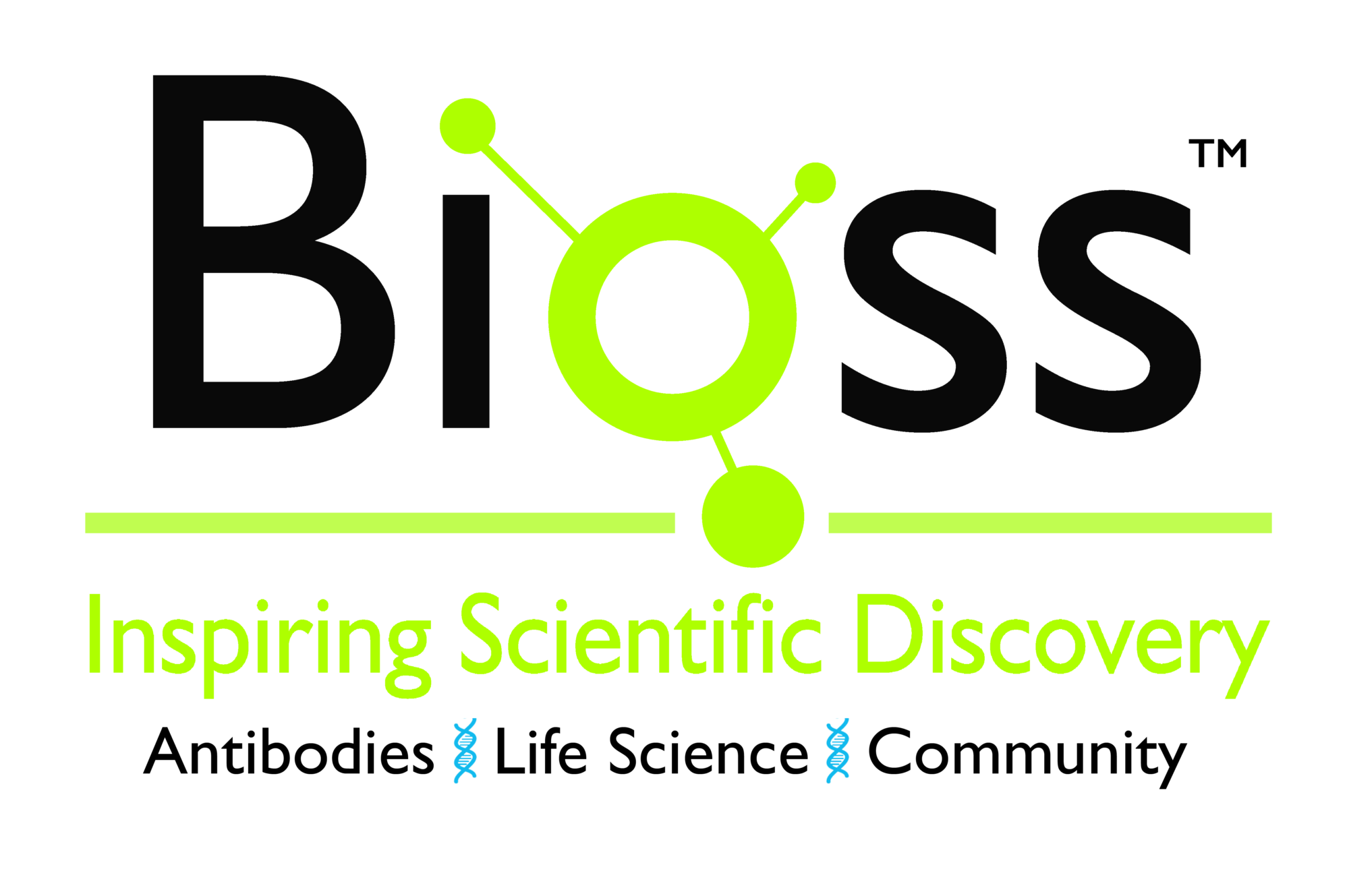Mouse anti-Human Lambda Light Chain antibody [4C2]
ARG63053
ApplicationsFlow Cytometry, ELISA, ImmunoHistoChemistry, ImmunoHistoChemistry Frozen, ImmunoHistoChemistry Paraffin
Product group Antibodies
ReactivityHuman
TargetIGL
Overview
- SupplierArigo Biolaboratories
- Product NameMouse anti-Human Lambda Light Chain antibody [4C2]
- Delivery Days Customer23
- ApplicationsFlow Cytometry, ELISA, ImmunoHistoChemistry, ImmunoHistoChemistry Frozen, ImmunoHistoChemistry Paraffin
- CertificationResearch Use Only
- ClonalityMonoclonal
- Clone ID4C2
- Concentration1 mg/ml
- ConjugateUnconjugated
- Estimated Purity>95%
- Gene ID3535
- Target nameIGL
- Target descriptionimmunoglobulin lambda locus
- Target synonymsIGL@, IGLC6, ig lambda-6 chain C region, immunoglobulin lambda gene cluster
- HostMouse
- IsotypeIgG1
- Scientific DescriptionImmunoglobulins recognize foreign antigens and initiate immune responses such as phagocytosis and the complement system. Each immunoglobulin molecule consists of two identical heavy chains and two identical light chains. There are two classes of light chains, kappa and lambda. This region represents the germline organization of the lambda light chain locus. The locus includes V (variable), J (joining), and C (constant) segments. During B cell development, a recombination event at the DNA level joins a single V segment with a J segment; the C segment is later joined by splicing at the RNA level. Recombination of many different V segments with several J segments provides a wide range of antigen recognition. Additional diversity is attained by junctional diversity, resulting from the random additional of nucleotides by terminal deoxynucleotidyltransferase, and by somatic hypermutation, which occurs during B cell maturation in the spleen and lymph nodes. Several V segments and three C segments are known to be incapable of encoding a protein and are considered pseudogenes. The locus also includes several non-immunoglobulin genes, many of which are pseudogenes or are predicted by automated computational analysis or homology to other species. [provided by RefSeq, Jul 2008]
- ReactivityHuman
- Storage Instruction-20°C
- UNSPSC12352203


![IHC-P analysis of human tonsil tissue using GTX20874 Human lambda Light chain antibody [N10/2] (ready-to-use).](https://www.genetex.com/upload/website/prouct_img/normal/GTX20874/GTX20874_20191203_IHC-P_62_w_23060620_205.webp)